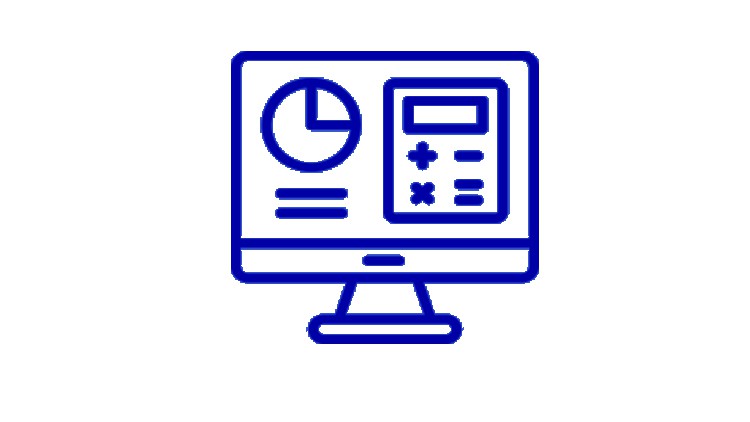
Educational application developed specifically to improve understanding computerized accounting functions with ease.
What You Will Learn
Fundamentals of Financial Accounting on a lean educational computer application.
Chart of Accounts
Journal Entries
Daily Transactions Statement
Trial Balance
Balance Sheet
Profit and lose account
Become familiar with computer based financial accounting
Requirements
-
Financial accounting basics
-
English Language
Description
Online Financial Accounting Application
Educational application developed specifically to improve understanding computerized accounting functions with ease.
The course focus on fundamentals of how financial accounting function are structured in the computer applications
Chart of Accounts Definition
System of accounting records developed by every organization to be compatible with its particular financial structure, and in agreement with the amount of detail required in its financial statements. It consists of a list of ledger account names and numbers showing classifications and sub-classifications, and serves as an index to locate a given account within the ledger. See also class of accounts.
chart of accounts is in the Accounting & Auditing and Banking, Commerce & Finance subjects.
chart of accounts appears in the definition of the following term: class of accounts
Journal entries Recording
Accounting requires very specific methods of recording transactions. Generally, transactions are recorded through the use of accounts. These accounts are actually places within accounting systems in which changes in assets, liabilities, owner’s equity, revenues, and expenses are recorded. The changes reflect increases or decreases in these accounts over a given time period.
In its simplest form, an account looks very much like the letter “T”, hence the name “T-Account”
Every transaction affects, and is recorded in, two accounts. Consider the following:
Bill invests $1,000 in his company.
First, we debit Cash to show an increase of an asset, and we credit owner’s equity to show the increase of capital.
Summery of journal Entries by Date
recording transactions is a long process. Even after the information has been recorded, further steps must be taken in order to complete the accounting cycle. These include the adjusted trial balance, the income statement, the statement of changes in owner’s equity, and the balance sheet (all of which are explained in the Financial Statements section). Probably the best way to illustrate the idea of recording transactions and preparing financial statements is to work through an example. Example A was created with that purpose in mind.
Ledger Accounts Building
A book of final entry summarizing all of a company’s financial transactions, through offsetting debit and credit accounts.
Trial Balance Generation
A statement of all the open debit and credit items in a double-entry ledger, made to test their equality
Profit / Lose Statement
An official quarterly or annual financial document published by a public company, showing earnings, expenses, and net profit. Net income is determined from this financial report by subtracting total expenses from total revenue. The profit and loss statement and the balance sheet are the two major financial reports that every public company publishes. The difference between this statement and the balance sheet deals with the periods of time that each one represents. The profit and loss statement shows transactions over a given period of time (usually quarterly or annually), whereas the balance sheet gives a snapshot holdings on a specific date. also called income statement or earnings report.
Balance Sheet Building
An itemized statement that lists the total assets and total liabilities of a given business to portray its net worth at a given moment in time
Report Importing and Download in MS-Word Format
Users Can Download all of the above reports in word documents.
Who this course is for:
- Accountants
- Managers who want to get background of financial accounting process
- Engineers or doctors who need to improve management skills
- Students of accountning and finance
- Working professionals who want to become familiar with accounting on computerized solution